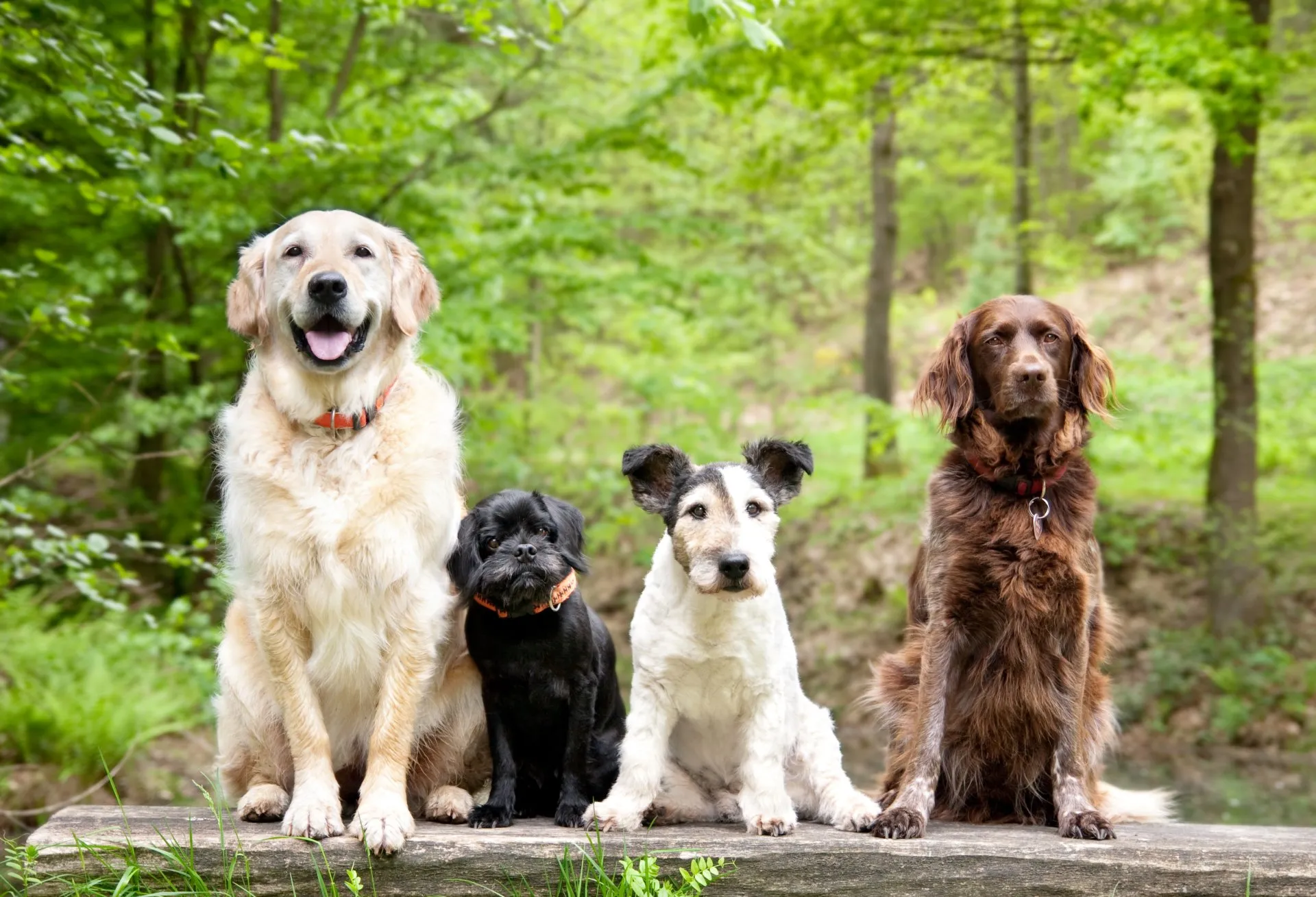Caring for your dog’s paws is vital for their overall health and well-being. Just like humans, dogs rely on their feet for daily activities, and neglecting their care can lead to discomfort and health issues. Dog paws are exposed to various elements, from rough terrain and extreme temperatures to allergens and debris, making regular maintenance essential. By taking the time to inspect and care for your dog’s paws, you can prevent injuries, infections, and long-term problems. Simple practices, such as regular paw checks, proper grooming, and protective measures during walks, can significantly enhance your dog’s quality of life. This article will guide you through effective strategies to care for your dog’s paws, ensuring they remain healthy and happy, whether you’re enjoying a leisurely stroll or an adventurous hike. Prioritising paw care is not just a task—it’s an integral part of responsible pet ownership.
The pawprint is one of the most iconic symbols we often think of when talking about our canine buddies. In fact, Fido’s paws are quite remarkable. Those furry feet act as shock absorbers and sensory organs. They also allow your pooch to run, jump, play, and do that cute happy dance he does when you get home. Taking care of your dog’s paws is very important! A veterinarian offers some tips on this below.
Claws
You probably know how uncomfortable it can get when your toenails get even a little bit too long. Overgrown nails are just as uncomfortable for dogs as they are for people! They can snag and tear on things, and can make it hard for dogs to get good traction on slippery ground. Plus, because they’re so uncomfortable, your furry friend may carry his weight differently. That’s not good for his bones and joints! Keep those claws trimmed. If you’re nervous about doing this yourself, ask your vet to demonstrate proper techniques. Or, just make an appointment for Fido to get a pawdicure.
Toe Fur
We know, those toe fur tufts dogs have are pretty cute. Unfortunately, they sometimes get gunked up with foreign objects, like gum or mud. In winter, they can also collect ice balls. Unless your vet advises differently, it’s best to keep these clipped.
Paw Pads
Your dog’s ‘toe beans’ are actually quite sensitive. It’s very easy for your pooch to get painful blisters and abrasions by running around on hot or harsh surfaces. Pay attention to the ground when you are walking your four-legged buddy, and try to keep him on softer ground as much as ‘pawsible.’ We also recommend using paw balm or wax to protect your dog’s feet. Petroleum jelly will work in a pinch. If you know or suspect that your canine pal has walked through chemicals, wipe his feet down with a damp cloth before bringing him inside. (Bonus: this will also reduce the amount of mud that Fido tracks into the house.) If you notice any swelling or other issues with your dog’s paw pads, it’s important to address them promptly. For more information on this topic, check out our article on Why Is My Dog’s Paw Pad Swollen?
Hacks
Does your dog know cute paw tricks, like Shake or Gimme Five? If not, you may want to teach him some. It will be a lot easier for you to handle Fido’s feet if he thinks he’s getting a yummy snack afterward!
How to Care for Your Dog’s Paws: Protection & Maintenance
What causes excessive paw licking?
Excessive paw licking in dogs can stem from various underlying causes. It may indicate allergies, such as to food ingredients or environmental factors like pollen. Skin irritants or infections, such as fungal or bacterial issues, can also provoke this behavior. Psychological factors like stress or boredom might lead dogs to lick excessively as a coping mechanism. Additionally, pain or discomfort in the paws due to injuries or arthritis could prompt licking. Monitoring your dog’s paw licking frequency and consulting with a veterinarian can help identify the root cause and determine the appropriate treatment to alleviate discomfort and ensure your dog’s well-being.
What products are available for paw protection?
Products for paw protection include paw balms or waxes, which shield sensitive paw pads from hot or harsh surfaces, reducing the risk of blisters and abrasions. These products also help prevent ice ball formation in winter and can be applied as needed. Petroleum jelly serves as a temporary alternative. Regular trimming of toe fur prevents debris accumulation, while keeping claws trimmed maintains comfort and traction. Wiping your dog’s paws after walks minimizes tracking mud indoors and removes potential chemical residues. For specific concerns like swollen paw pads, prompt veterinary attention is crucial to address any underlying issues effectively.
How do paws impact mobility and exercise?
Paws significantly influence a dog’s mobility and exercise capabilities. The paw’s structure, including its claws and sensitive pads, serves crucial roles beyond simple locomotion. Claws provide traction and balance, aiding in movement on various surfaces. Overgrown nails can hinder this, affecting posture and joint health. Meanwhile, paw pads act as shock absorbers, protecting bones and joints during vigorous activities. They also provide sensory feedback, crucial for navigating terrain. Regular maintenance, such as trimming nails and monitoring paw health, ensures optimal mobility and reduces discomfort, enhancing a dog’s overall ability to engage in physical activities without impediment. This proactive care promotes long-term joint health and supports a dog’s active lifestyle.
What role do nails play in paw health?
Nails are crucial to a dog’s paw health, impacting both comfort and mobility. Overgrown nails can snag and cause discomfort, affecting how dogs walk and potentially leading to joint issues over time. Proper nail care, including regular trimming, is essential to prevent these problems. It ensures dogs maintain good traction and posture, reducing strain on their bones and joints. Additionally, well-maintained nails contribute to overall paw hygiene, minimizing the risk of injuries and discomfort from foreign objects or icy conditions. Veterinary guidance or professional grooming can assist in safely managing nail length to support canine paw health effectively.
How does terrain affect paw pad texture?
Terrain significantly impacts paw pad texture in dogs. Walking on rough or abrasive surfaces can cause abrasions and blisters, leading to discomfort and potential injuries. Hot pavements in summer and icy paths in winter can also pose risks, potentially burning or freezing sensitive paw pads. Maintaining paw pads involves monitoring for signs of damage, using protective balms or waxes, and wiping feet clean after walks, especially if chemicals are present. By choosing softer ground whenever possible and keeping nails trimmed, pet owners can help prevent these issues, ensuring their dogs’ paw pads remain healthy and resilient year-round.
Do you have questions about your dog’s health or care? Our Veterinary Diagnostics can provide comprehensive examinations of your dog’s paws and overall health. If you notice any issues with your dog’s paws or have concerns about their care, our advanced diagnostic tools can help identify and address problems quickly. Contact us, your veterinary clinic in Waterdown, ON, today!




!Social Media Icons